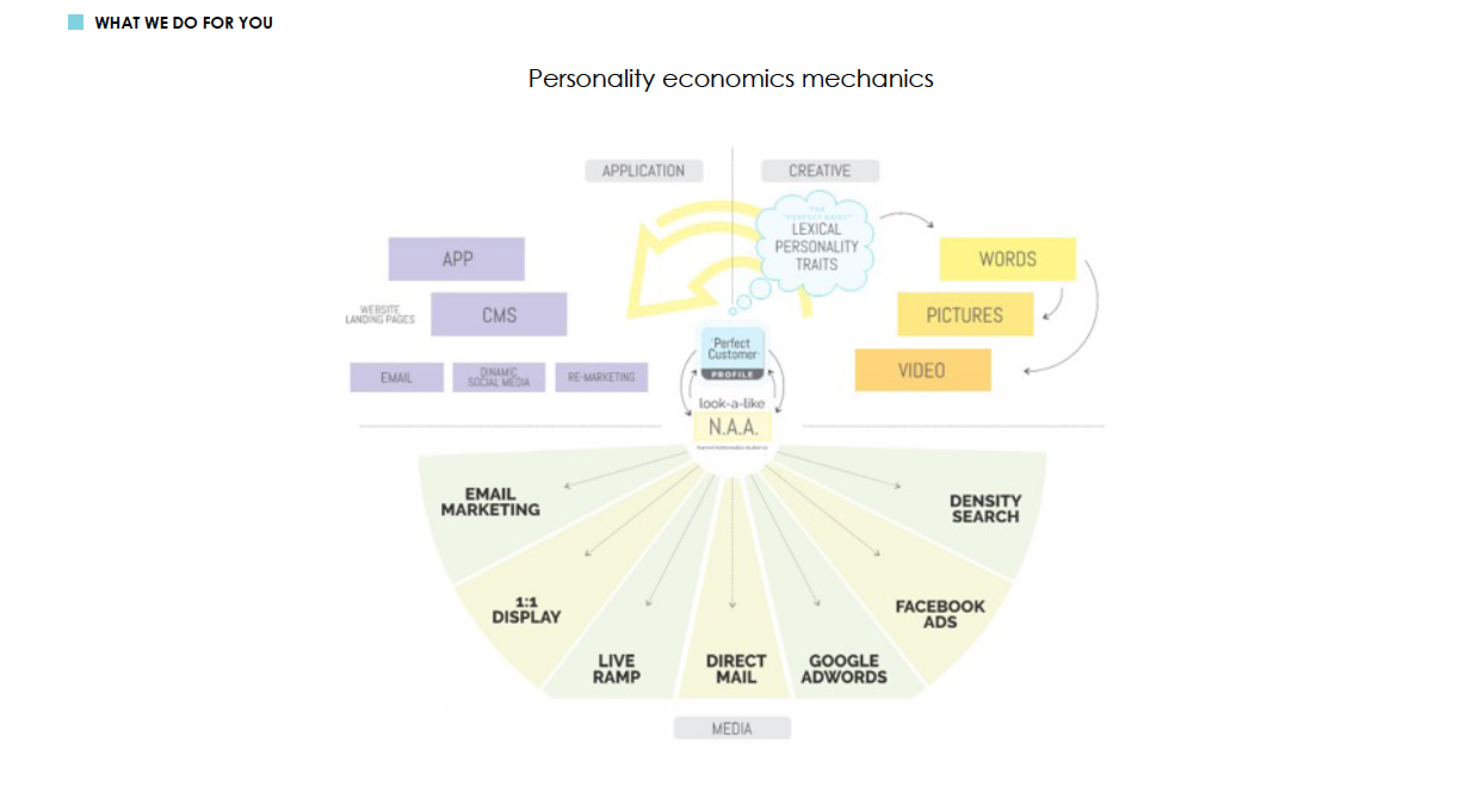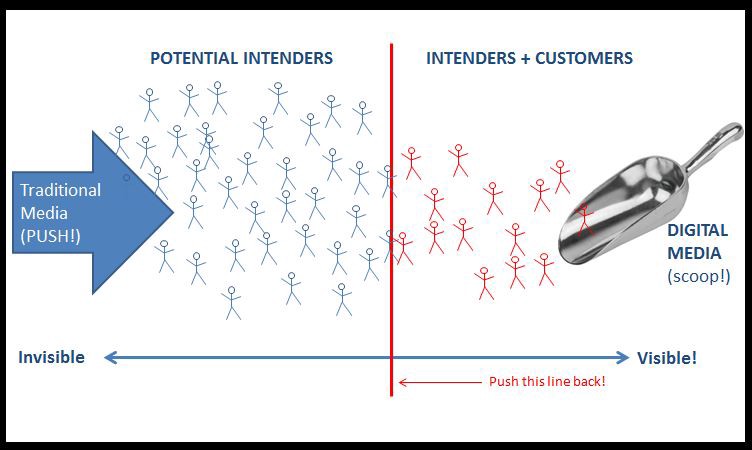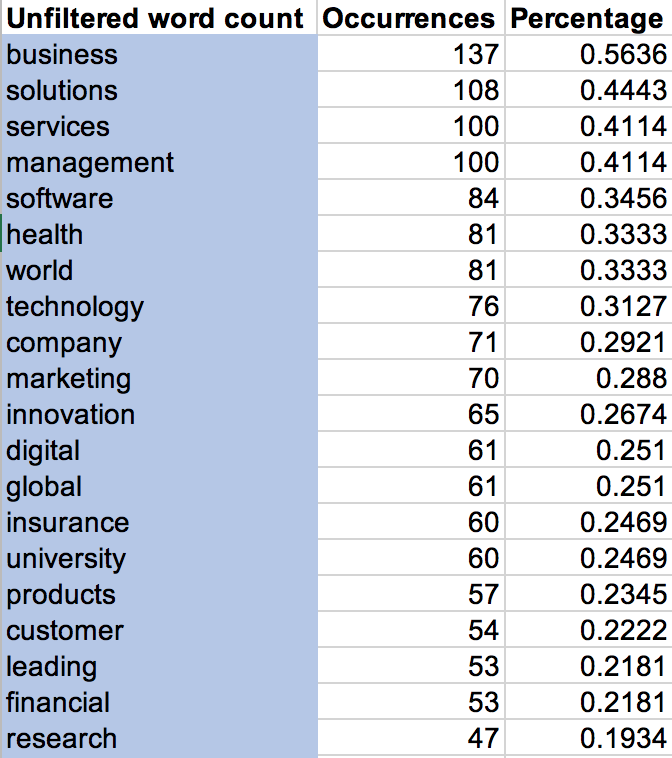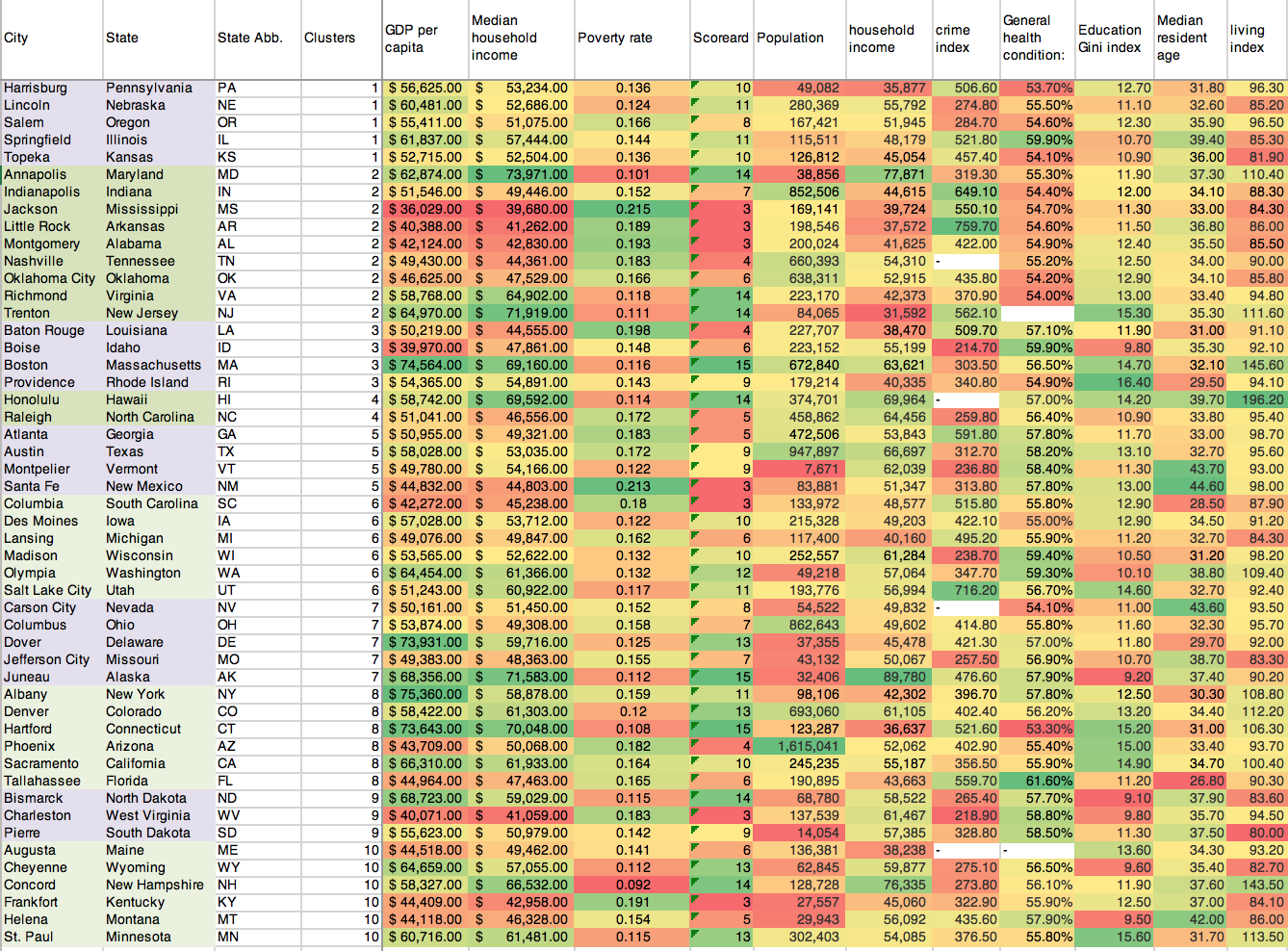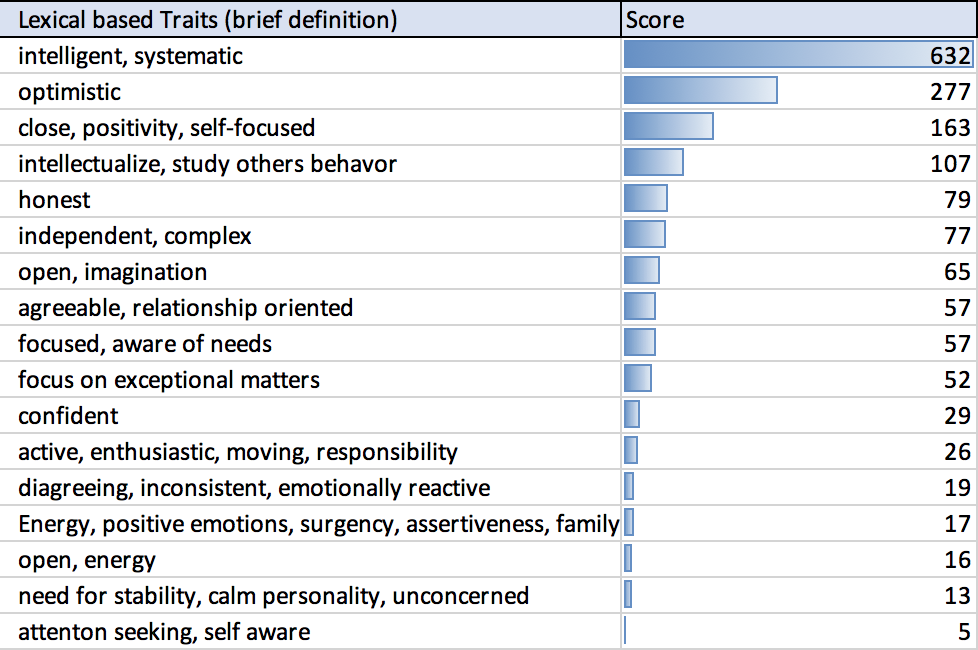Once you have your look-a-like total addressable market or mirror CRM, what comes next?
You have many options.
Once you have your lexical based trait analysis of customers how can this be used to reach audiences? By having an entire look-a-like CRM inside of your CMS/CRM, you can generate experiences as if you know the customer already. Matching by batch or in real time is possible.
The number one output of doing this type of work is to improve conversion. Every website and every app has volumes of people that don’t convert yet look exactly like great customers. They sign up for newsletters revisit multiple pages, they downloaded your app and shop, even putting things into a basket yet they just drop off and disappear at rates beyond 90%. It seems so debilitating. It makes you wonder why they even came to the website in the first place. They searched for the product you have in stock or even your brand, yet digital conversion, compared to stores is small.
By giving the desired visitors the experiences as if they’re a Mileage Plus Gold status member already, you’re presenting the best customers with options and product they expect. That does not mean everyone. Some people want Tahiti, some want London. Don’t mix it up. And it doesn’t have to be weird and awkward. But what you suggest, can be far better than it is now by using traits and a guide. eBay is starting to do it via emails. Netflix does it at the script level. By combining a look-a-like CRM, with app and CMS integration, you can significantly improve conversion.
One way to think about itIs going back a few years to how we did retargeting in display advertising. It’s a cookie -based system that just keeps reminding people until they give up. It performs great when done right. It’s a bit of a stretch of an analogy but the idea is similar. If you give an amazing experience and reminding people, they’re going to convert far better.
Another way to think about this is the off-line retail experience. I’m talking about a great store in Mayfair, London. Some of those stores are so specific and they know their audience well before they come in. Once you are in, the store, service becomes adaptable, focusing in on getting you what you need. Stores like this convert incredibly well, Upwards of 50% of the traffic coming in, find something to buy. Great stores convert incredibly well. What Amazon is getting ready to do with their retail physical expansion will bring the same type of thinking and conversion.
How the product is described and what it says can have variations based on who you are. So for anyone product, conversion can increased by dynamically triggering different text, images, etc from the CMS based on a connection to the look-a-like CRM. The current way of thinking is to do this based on page visits and clicks and even importing data from Google to better understand people. It works but it is weak. It’s no comparison to that Mayfair store.
The other clear output is marketing.
By finding ‘segment densities’ of people, you can change how digital marketing and its results work. You will notice there are many places and people that don’t fit what you do and don’t see your product as a solution to their job to be done. Our research indicates traits have a geographic component that is connected to traits. How places formed, the reasons they exist are deep rooted. By finding them, you can connect traits to people to profits.
Even things like life insurance have different pockets of density throughout the country. I have seen great insurance brands with a handful of locations above 10% market share while the rest languist at less than 1% market share. By identifying segments and where they might live you can use digital marketing is a very different way. You can ‘heavy up’ in high density areas and avoid others. CPC might be higher but in the end, profits matter more.
Another output is direct-mail. If left up to the direct-mail house you might over market. By handing them a list based on traits, even at a higher cost point, you can convert far better then paid search.
There are other 1:1 opportunities through display, TV and a host of other technologies that allow us to market to individuals or to households. A few new direct response oriented brands have been built on this foundation. Organizations worth billions are more likely to focus than to ‘spray and pray’.
By starting off with a precise view of customer segments, defined by traits and slowly expanding audience segments in unique ways, organizations can disrupt competitors with innovation that is ready to go.
How are you doing you’re 1:1 marketing these days? I’m curious to see what other people are doing.

